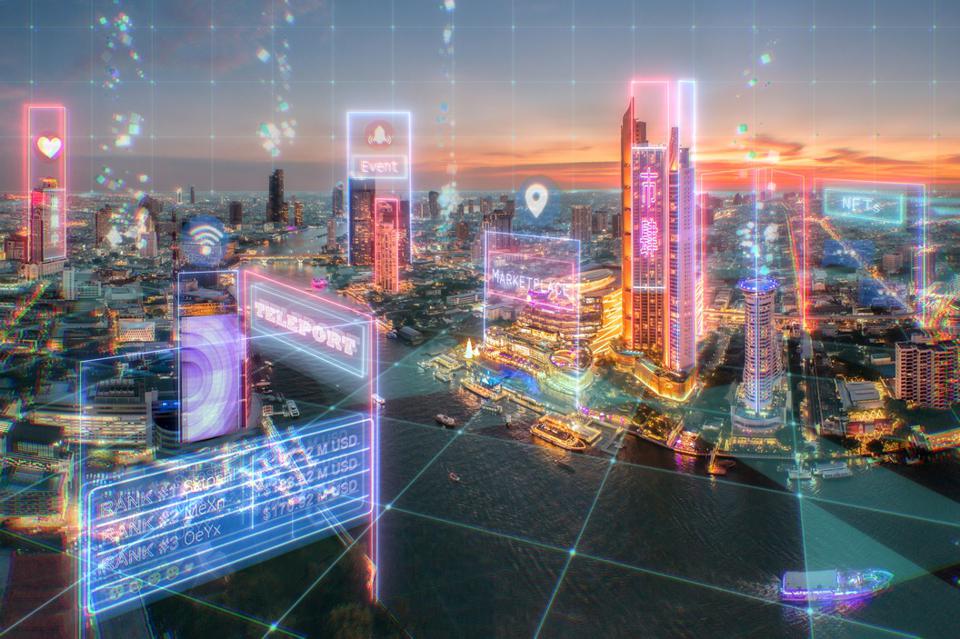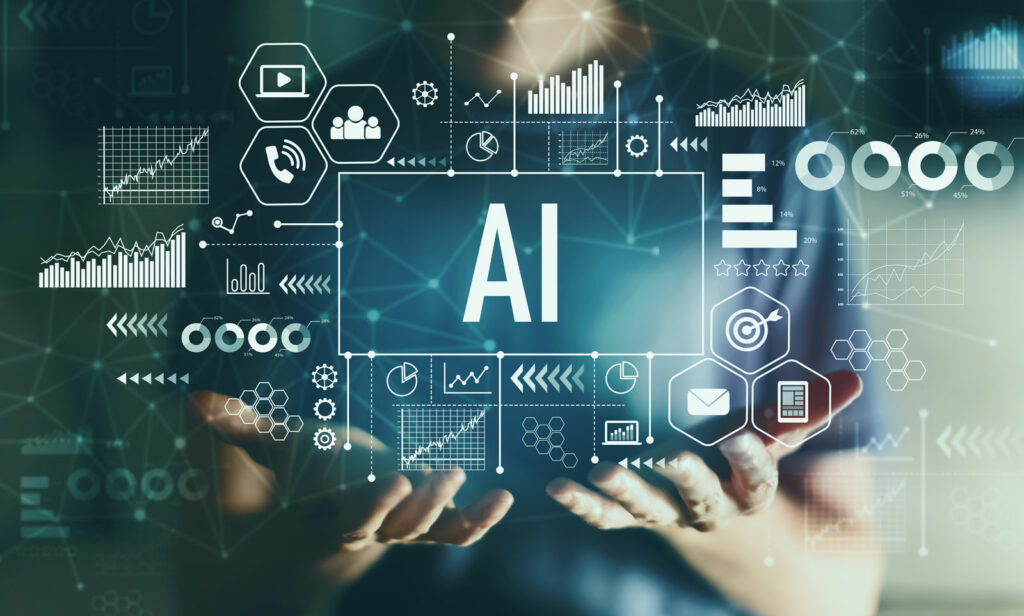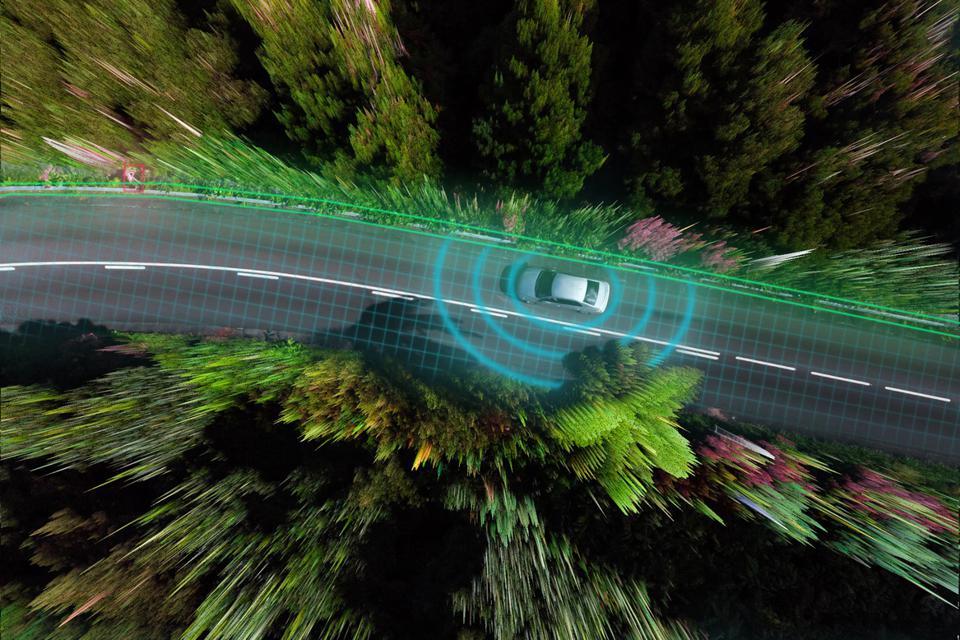
Suddenly, the metaverse and digital twins are hot topics of conversation in our day-to-day lives. These conversations usually spark either excitement or fear and discomfort, all while some don’t even know what the metaverse is.
There’s no denying that science and technology are accelerating at unprecedented rates, but it’s important to understand the implications of how these technological advancements will directly affect society.
Perhaps one of the most significant ways that the metaverse and digital twins will alter every single person’s life is through transportation. Everybody uses transportation in some way, shape or form. Whether it’s your daily commute to work, your family road trip, your morning walk or even the consumption of goods—the metaverse and digital twins will alter the way we use infrastructure and move from point A to point B forever.
Before delving into exactly how the transportation sector will be altered by digital twins, it’s important to distinguish between the two. The metaverse is the general connection between the digital world and the physical world—augmented reality, virtual real estate, virtual concerts, etc. Digital twins are simply building blocks of the metaverse. They act as a real-time digital copy of a physical object.
In the transportation sector, we are on the brink of being able to create digital twins of our roadways. By collecting real-time data, we can create virtual copies of physical roadway systems. The benefits of this are countless.
Understanding exactly what is happening on roads, in real time, has been the goal for transportation departments and other agencies since the creation of road maintenance.
Imagine Google Maps Street View updating in real-time as objects move and change on it continuously. The power to see change as it happens, and have a ground-level perspective from anywhere in the world, will drive efficiency and scale never before seen in our economy.
Artificial intelligence is perhaps one of the biggest players in collecting this real-time data to feed digital twins. AI algorithms and photogrammetry can automate roadway analysis. Currently, on-site road inspections are done manually, costing time and money. Rather than sending employees out to scan roadways and infrastructure for potential maintenance problems, AI can do it for you- allowing for more time to actually fix those maintenance issues.
For example, if a large piece of debris were to obstruct a roadway and cause drivers to swerve out of the way to avoid it, a digital twin could notify you of the location, size, and consequences of the item on the road. This would allow for quicker and more efficient clearing of the debris.
It’s also important to note how the metaverse has changed the transportation landscape and will continue to further alter it. Working remotely has eliminated the morning commute for many people around the world—especially since the Covid-19 pandemic. It even eliminated the need to go grocery shopping with grocery delivery services at your fingertips.
As technology advances, more and more people will no longer need to go to offices, travel for work, grocery shop or really go anywhere for that matter. The morning commute will be a thing of the past. People can jump on a virtual meeting to collaborate with people from all over the world. We will be able to order groceries that’ll be delivered by self-driving vehicles. People will only use transportation when they want to for leisure, not when they need to.
Understanding how people will use transportation in the future is the first step in being able to address future needs. This change is already happening, and we must prepare our infrastructure for further changes that are definite.
We can use digital twins to understand how people are using infrastructure and predicting future behaviors as well. By collecting real-time data and gaining insights into how people move and behave, we can make data-driven decisions on how to alter our infrastructure to account for changes in behavior. The transportation landscape is changing whether we like it or not. Whether we choose to embrace digital roads will determine if our infrastructure is prepared or not.
Many smart cities and countries have a vision for digital roads and are currently taking steps toward their visions.
In the U.K., National Highways has set out a plan to implement digital twins of the U.K.’s road networks by 2050. They’ll be able to automatically detect the time and location of potholes and other maintenance issues. Digital Roads will incorporate artificial intelligence, data streams, and other connectivity methods to revolutionize the way we think about road maintenance and management. National Highways’ use of digital roads will be beneficial for everybody, from everyday drivers to construction workers and roadway operations employees.
The Centre for Digital Built Britain (CDBB) predicts that Building Information Modeling “will combine with digital twins and the Internet of Things, enabling us to plan infrastructure more effectively, to build it at lower cost and to operate and maintain it for better performance over a longer lifespan.”
Digital roadways mean a safer, cost-friendly and greener future. These are the fundamentals of why road management exists. The transportation landscape has changed and will continue to change as the metaverse expands. Utilizing the metaverse to equip our infrastructure for these changes is vital. It’s clear that our choices are to either embrace this new technological era or be left with infrastructure that does not meet society’s needs. It’s time to make the investments and partnerships necessary to take steps to achieve this vision.
you may also like
California’s new AI initiative opens the door for mass adoption for transportation infrastructure management
California Governor Gavin Newsom’s recent executive order signals California’s bold step towards embracing artificial intelligence as a…
The North Central Texas Council of Governments (NCTCOG) allocated funding to its member agencies
In a promising development for the safety and efficiency of North Central Texas roadways, the North Central…







